SOCIAL
Meta Calls on Oversight Board to Review its Approach to COVID Misinformation
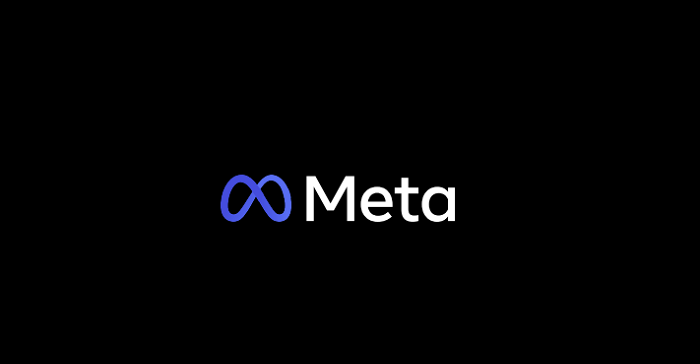
Meta may soon change its approach to COVID-19 misinformation, with the platform calling on its Oversight Board to rule on how it should police COVID-related posts moving forward.
As explained by Meta:
“Misinformation related to COVID-19 has presented unique risks to public health and safety over the last two years and more. To keep our users safe, while still allowing them to discuss and express themselves on this important topic, we broadened our harmful misinformation policy in the early days of the outbreak in January 2020.”
Meta says that, as a result of this expansion, which has seen it beef up its policies to remove all false claims about masking, social distancing, and the transmissibility of the virus, it’s removed more than 25 million pieces of content since the start of the pandemic.
But now, with the COVID threat reducing – or at least, becoming less of a focus as a result of the vaccine rollout worldwide – Meta says that it may need to take a step back from removing all content that falls under its current enforcement banner.
“Meta is fundamentally committed to free expression and we believe our apps are an important way for people to make their voices heard. But some misinformation can lead to an imminent risk of physical harm, and we have a responsibility not to let this content proliferate. But resolving the inherent tensions between free expression and safety isn’t easy, especially when confronted with unprecedented and fast-moving challenges, as we have been in the pandemic. That’s why we are seeking the advice of the Oversight Board in this case. Its guidance will also help us respond to future public health emergencies.”
In essence, Meta’s asking the Board to rule on whether it should continue removing such content outright, or if it should now scale back to other options, ‘like labeling or demoting it either directly or through our third-party fact-checking program.’
Which, in some ways, seems a little strange, given the acknowledgment that such misinformation can cause harm, and how Meta’s massive scale and reach can further amplify these claims.
Shouldn’t Meta just not let that content be shared in its apps indefinitely? If the science is settled, as Meta has established by putting in the current blocks, then there should be no change – unless, of course, the scale of work required to police such content is too much to handle ongoing.
Which is a concern in itself. If Meta’s not in a position to be able to stop the spread of misinformation, then that seems problematic, and something that should be addressed in another way. Part of the problem with the rise of climate change skepticism, for example, is that the mainstream media has allowed counter-scientific arguments to be shared via their platforms and publications, under the premise of providing ‘alternative’ viewpoints.
But there can’t be alternative perspectives on scientific fact. It’s unlikely that you’d see a mainstream publication sharing a report about how gravity doesn’t exist, or how the weather is controlled by human emotions. So why is climate change, which is agreed on by the vast, vast majority of the global scientific community, still viewed by many as being ‘non definitive’?
The capacity for people to share and engage with such arguments, at Facebook’s scale, is likely a key reason for this, and with that in mind, Meta should be referring to its own statements here, and its responsibility not to let misinformation that can lead to an imminent risk of physical harm to proliferate – not review the current standards to see whether it can effectively ease off now that things feel more settled.
Because the COVID crisis is still ongoing – 38,000 Americans are still being hospitalized by the virus every week, and 198,000 people have died from COVID in 2022 alone.
That doesn’t seem like the ideal time to be reviewing policies around such.
SOCIAL
Snapchat Explores New Messaging Retention Feature: A Game-Changer or Risky Move?

In a recent announcement, Snapchat revealed a groundbreaking update that challenges its traditional design ethos. The platform is experimenting with an option that allows users to defy the 24-hour auto-delete rule, a feature synonymous with Snapchat’s ephemeral messaging model.
The proposed change aims to introduce a “Never delete” option in messaging retention settings, aligning Snapchat more closely with conventional messaging apps. While this move may blur Snapchat’s distinctive selling point, Snap appears convinced of its necessity.
According to Snap, the decision stems from user feedback and a commitment to innovation based on user needs. The company aims to provide greater flexibility and control over conversations, catering to the preferences of its community.
Currently undergoing trials in select markets, the new feature empowers users to adjust retention settings on a conversation-by-conversation basis. Flexibility remains paramount, with participants able to modify settings within chats and receive in-chat notifications to ensure transparency.
Snapchat underscores that the default auto-delete feature will persist, reinforcing its design philosophy centered on ephemerality. However, with the app gaining traction as a primary messaging platform, the option offers users a means to preserve longer chat histories.
The update marks a pivotal moment for Snapchat, renowned for its disappearing message premise, especially popular among younger demographics. Retaining this focus has been pivotal to Snapchat’s identity, but the shift suggests a broader strategy aimed at diversifying its user base.
This strategy may appeal particularly to older demographics, potentially extending Snapchat’s relevance as users age. By emulating features of conventional messaging platforms, Snapchat seeks to enhance its appeal and broaden its reach.
Yet, the introduction of message retention poses questions about Snapchat’s uniqueness. While addressing user demands, the risk of diluting Snapchat’s distinctiveness looms large.
As Snapchat ventures into uncharted territory, the outcome of this experiment remains uncertain. Will message retention propel Snapchat to new heights, or will it compromise the platform’s uniqueness?
Only time will tell.
SOCIAL
Catering to specific audience boosts your business, says accountant turned coach

While it is tempting to try to appeal to a broad audience, the founder of alcohol-free coaching service Just the Tonic, Sandra Parker, believes the best thing you can do for your business is focus on your niche. Here’s how she did just that.
When running a business, reaching out to as many clients as possible can be tempting. But it also risks making your marketing “too generic,” warns Sandra Parker, the founder of Just The Tonic Coaching.
“From the very start of my business, I knew exactly who I could help and who I couldn’t,” Parker told My Biggest Lessons.
Parker struggled with alcohol dependence as a young professional. Today, her business targets high-achieving individuals who face challenges similar to those she had early in her career.
“I understand their frustrations, I understand their fears, and I understand their coping mechanisms and the stories they’re telling themselves,” Parker said. “Because of that, I’m able to market very effectively, to speak in a language that they understand, and am able to reach them.”Â
“I believe that it’s really important that you know exactly who your customer or your client is, and you target them, and you resist the temptation to make your marketing too generic to try and reach everyone,” she explained.
“If you speak specifically to your target clients, you will reach them, and I believe that’s the way that you’re going to be more successful.
Watch the video for more of Sandra Parker’s biggest lessons.
SOCIAL
Instagram Tests Live-Stream Games to Enhance Engagement

Instagram’s testing out some new options to help spice up your live-streams in the app, with some live broadcasters now able to select a game that they can play with viewers in-stream.
As you can see in these example screens, posted by Ahmed Ghanem, some creators now have the option to play either “This or That”, a question and answer prompt that you can share with your viewers, or “Trivia”, to generate more engagement within your IG live-streams.
That could be a simple way to spark more conversation and interaction, which could then lead into further engagement opportunities from your live audience.
Meta’s been exploring more ways to make live-streaming a bigger consideration for IG creators, with a view to live-streams potentially catching on with more users.
That includes the gradual expansion of its “Stars” live-stream donation program, giving more creators in more regions a means to accept donations from live-stream viewers, while back in December, Instagram also added some new options to make it easier to go live using third-party tools via desktop PCs.
Live streaming has been a major shift in China, where shopping live-streams, in particular, have led to massive opportunities for streaming platforms. They haven’t caught on in the same way in Western regions, but as TikTok and YouTube look to push live-stream adoption, there is still a chance that they will become a much bigger element in future.
Which is why IG is also trying to stay in touch, and add more ways for its creators to engage via streams. Live-stream games is another element within this, which could make this a better community-building, and potentially sales-driving option.
We’ve asked Instagram for more information on this test, and we’ll update this post if/when we hear back.
-
SEARCHENGINES6 days ago
Daily Search Forum Recap: April 19, 2024
-

 WORDPRESS7 days ago
WORDPRESS7 days agoHow to Make $5000 of Passive Income Every Month in WordPress
-

 WORDPRESS6 days ago
WORDPRESS6 days ago13 Best HubSpot Alternatives for 2024 (Free + Paid)
-

 MARKETING6 days ago
MARKETING6 days agoBattling for Attention in the 2024 Election Year Media Frenzy
-

 WORDPRESS6 days ago
WORDPRESS6 days ago7 Best WooCommerce Points and Rewards Plugins (Free & Paid)
-

 AFFILIATE MARKETING7 days ago
AFFILIATE MARKETING7 days agoAI Will Transform the Workplace. Here’s How HR Can Prepare for It.
-

 SEO6 days ago
SEO6 days agoGoogle Answers Whether Having Two Sites Affects Rankings
-

 MARKETING5 days ago
MARKETING5 days agoAdvertising in local markets: A playbook for success




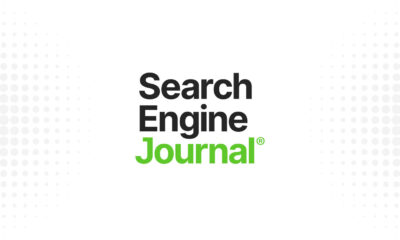

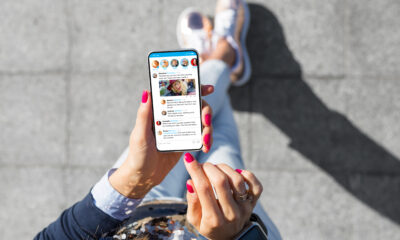

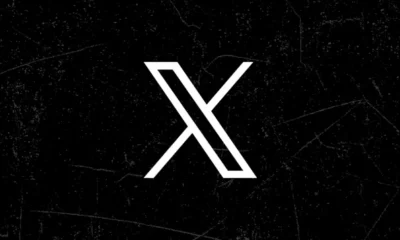

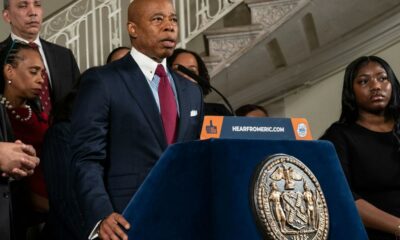

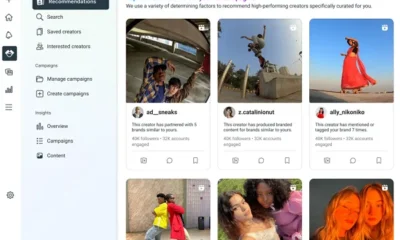



You must be logged in to post a comment Login